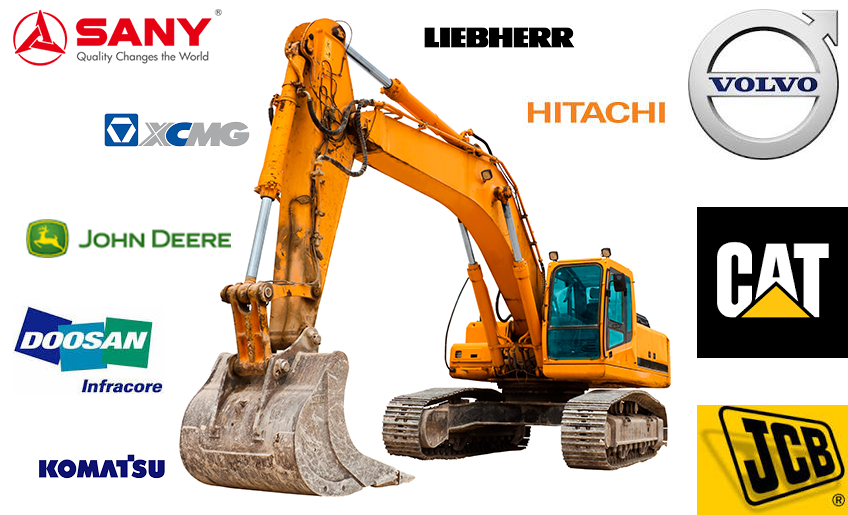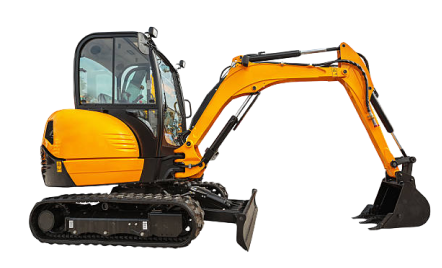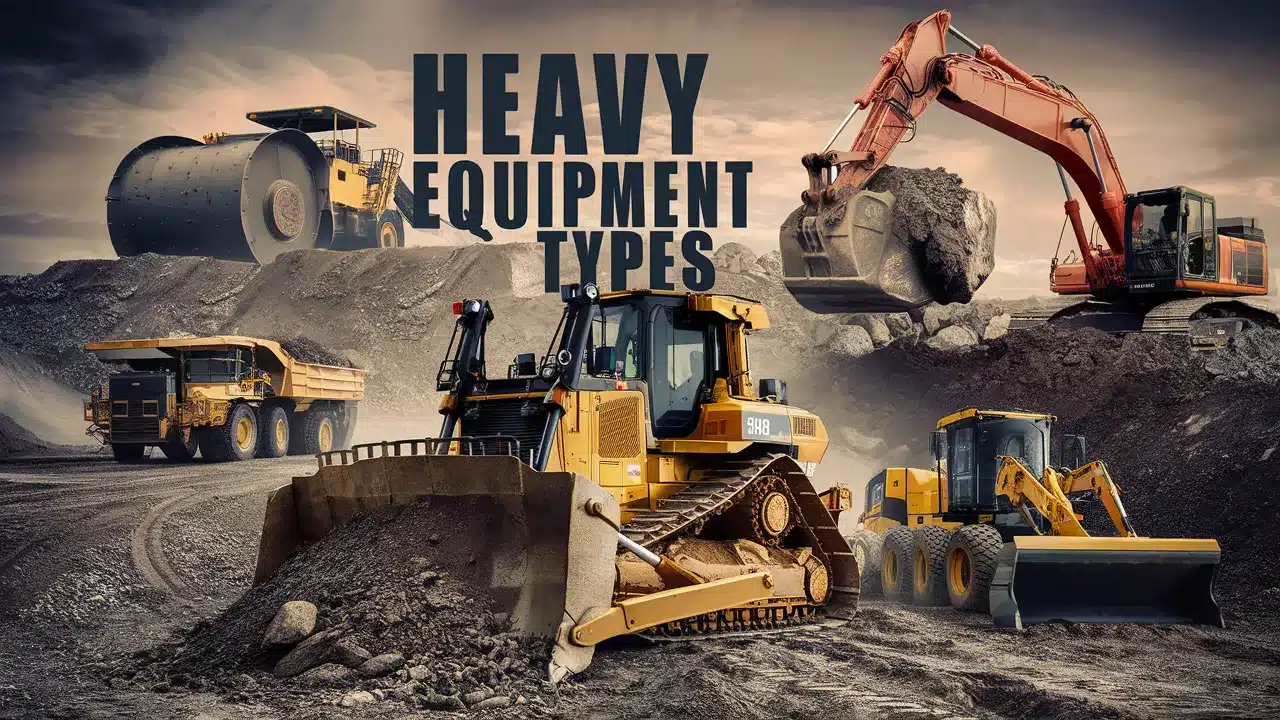Top-Rated Equipment Rental Company Near Me: Discover Forklift Rental and Aerial Lift Rental Today
Top-Rated Equipment Rental Company Near Me: Discover Forklift Rental and Aerial Lift Rental Today
Blog Article
Crucial Tips for Taking Care Of Hefty Equipment Rental Agreements and Logistics Effectively
Effectively managing heavy tools rental contracts and logistics is essential for the success of any type of job that counts on these resources. A detailed understanding of rental terms, paired with specific evaluation of tools requirements, lays the structure for beneficial arrangements. Working with transport logistics and preparing for continuous upkeep can substantially reduce unanticipated expenses and hold-ups. The ins and outs of these aspects often existing challenges that require tactical foresight. What are the key considerations that can transform these possible challenges into opportunities for effectiveness and cost-saving?
Understand Rental Terms
Recognizing rental terms is necessary for effective hefty equipment management. The rental duration defines the timeframe for which the equipment is rented, influencing budgeting and project timelines.
Moreover, it is important to comprehend the maintenance commitments outlined in the contract. Typically, rental companies preserve the devices, but understanding who is in charge of routine checks and repair services is essential to prevent functional interruptions. In addition, terms may include conditions worrying liability for damages or theft, which can have serious economic effects if not effectively recognized.

Assess Equipment Needs
Evaluating tools needs is an important step for any type of job supervisor intending to enhance resource allotment and enhance operational performance. This process entails an extensive examination of the job demands, consisting of details jobs, timelines, and the kind of tools needed to accomplish preferred results.
Begin by identifying the extent of the task and the tasks that will certainly be performed. Take into consideration factors such as the terrain, the scale of procedures, and any kind of possible challenges that might influence devices selection. Engaging with employee who will operate the equipment can provide useful understandings right into practical requirements and preferences.

Next, assess the capacity and capabilities of offered tools alternatives. It is vital to match the appropriate devices to the jobs at hand, making certain that it can manage the anticipated workload without compromising safety or efficiency.
Furthermore, consider the rental period and regularity of use. Understanding these elements can help determine whether acquiring or renting is the most cost-effective service. By carrying out an extensive evaluation of tools demands, project supervisors can make educated decisions that bring about boosted productivity and lowered operational costs.
Negotiate Properly
When the tools requirements are plainly recognized, the next step includes efficient settlement with rental companies to safeguard beneficial terms. A well-prepared negotiation approach is necessary for attaining the most effective possible offer. Begin by investigating different rental companies to comprehend their pricing structures, stock schedule, and reputation. This knowledge will certainly equip you during negotiations and assist you develop realistic expectations.
When approaching the arrangement table, be clear about your requirements, consisting of the kind of tools, rental period, and any type of added services you might need. This openness allows rental firms to offer tailored remedies that can satisfy your certain demands (aerial lift rental). Do not hesitate to request price cuts, particularly for long-lasting rentals or bulk orders, as many companies want to heavy equipment rental supply giving ins to secure bigger contracts
These elements can dramatically influence the general expense and should be clearly outlined in the rental arrangement. Make sure that all agreed-upon terms are documented in composing to stop misconceptions and shield your rate of interests throughout the rental period.
Coordinate Transportation Logistics
Collaborating transport logistics is a crucial facet of managing hefty devices rental contracts. Effective transport makes sure that devices is supplied on schedule and in ideal condition, therefore lessening downtime and boosting job efficiency. To achieve this, it is important to establish a thorough logistics plan that outlines the entire transportation procedure from pick-up to delivery.
Begin by examining the certain transport demands based upon the type and dimension of the equipment entailed - scissor lift rental. Involve with trusted transport suppliers that specialize in hefty devices to ensure they possess the necessary proficiency and equipment, such as flatbed trucks or specialized trailers. Discuss elements such as weight limitations, path limitations, and needed licenses to prevent unexpected delays
Moreover, preserve open communication with both the rental company and the transport supplier to collaborate schedules successfully. By diligently working with transportation logistics, you can maintain the integrity of your rental arrangement and facilitate smooth job execution.
Plan for Upkeep and Assistance

Furthermore, it is essential to communicate directly with the rental copyright pertaining to maintenance duties. Some agreements may include maintenance as part of the rental service, while in various other situations, the onus might fall on the occupant. Understanding these terms will help stay clear of unanticipated prices and responsibilities.
In addition, having accessibility to technological support can be indispensable. Make sure that the rental firm offers 24/7 assistance or an emergency situation call, enabling speedy resolution of any kind of tools issues. Training your group on proper equipment use and regular checks can additionally dramatically improve functional effectiveness.
Verdict
In verdict, efficient management of hefty equipment rental agreements and logistics joints on a comprehensive understanding of rental terms, accurate analysis of tools requirements, and adept negotiation skills. Emphasizing clear interaction with all stakeholders stays vital in navigating the complexities of tools service and logistics monitoring.
Successfully managing heavy tools rental contracts and logistics is critical for the success of any type of task that relies on these sources. By thoroughly examining and understanding these rental terms, companies can make enlightened decisions, mitigate dangers, and make certain that their hefty tools management aligns with job objectives and financial constraints.Collaborating transportation logistics is an essential aspect of taking care of heavy tools rental arrangements.In verdict, effective management of hefty devices rental arrangements and logistics hinges on a comprehensive understanding of rental terms, precise analysis of equipment requirements, and experienced negotiation abilities. Stressing clear interaction with all stakeholders stays critical in navigating the complexities of equipment service and logistics administration.
Report this page